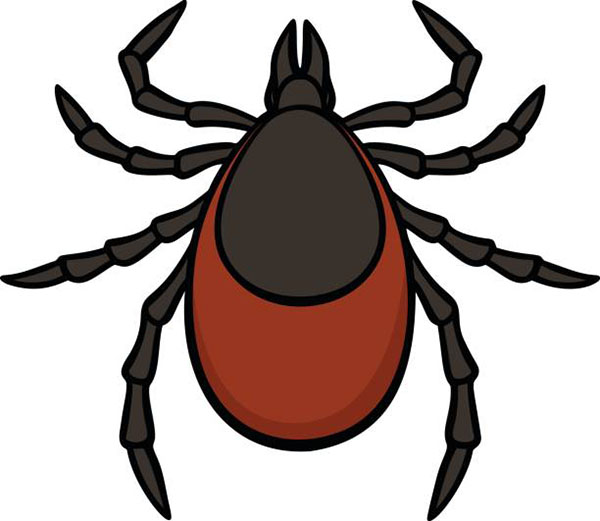By: Melanie Claborn, PharmD, BCACP
Summertime is here. After being cooped up all winter long, it’s time to enjoy the great outdoors. Going outside and being physically active is a part of enjoying fun in the sun, but ticks enjoy warmer weather just like us.
While tick exposure occurs year-around, ticks are more active during warmer months (April-September). Many different ticks are found around the nation, but Oklahoma mainly consists of the Lone Star, American dog, and blacklegged ticks.
Ticks need the blood of animals or humans to live. While most bites are harmless and don’t need medical treatment, some ticks are capable of transmitting diseases. Most illness are easily treated if caught early. It is important to be aware of the steps for prevention of tick bites and removal of ticks if found.
Preventing Tickborne Diseases
- Wear insect repellent
Using a registered insect repellent by the Environmental Protection Agency (EPA) that contains DEET, picaridin, Oil of Lemon Eucalyptus (OLE), para-menthane-diol (PMD), or 2-undecanone is the best to protect yourself from these pesky ticks. Remember to always follow product instructions.
Help younger kids apply repellent and keep it away from eyes, mouth and hands. Do NOT use insect repellent on babies younger than 2 months old. - Wear protective clothing
When walking through heavy brush, tall grasses, and wooded areas, wear long sleeves, pants, and shoes that cover the entire foot to protect from ticks contacting and latching to the skin. - Check for ticks daily
Conduct a full body check upon return from potentially tick-infested areas, including your own backyard. - Shower soon after being outdoors
- See your provider if you develop a fever or rash after a tick bite or tick exposure

If you find a tick attached to your skin, don’t panic—the key is to remove the tick as soon as possible.
Steps for tick removal and disposal
- Use tweezers to grasp the tick as close to the skin as possible.
- Pull up with steady, even pressure. Don’t twist or jerk the tick; this can cause the mouth-parts to break off and remain in the skin. If this happens, remove the mouth-parts with tweezers if possible.
- After removing the tick, thoroughly clean the bite area and your hands with rubbing alcohol or soap and water.
- Never crush a tick with your fingers. Dispose of a live tick by putting it in rubbing alcohol, placing it in a sealed bag/container, wrapping it tightly in tape, or flushing it down the toilet.
- Never use gasoline, kerosene, petroleum jelly, fingernail polish, or heat to kill or drive a tick out once it has been attached. This may cause the tick to salivate and actually pump organisms into the bite.
For more information, please visit
https://www.cdc.gov/ticks.

